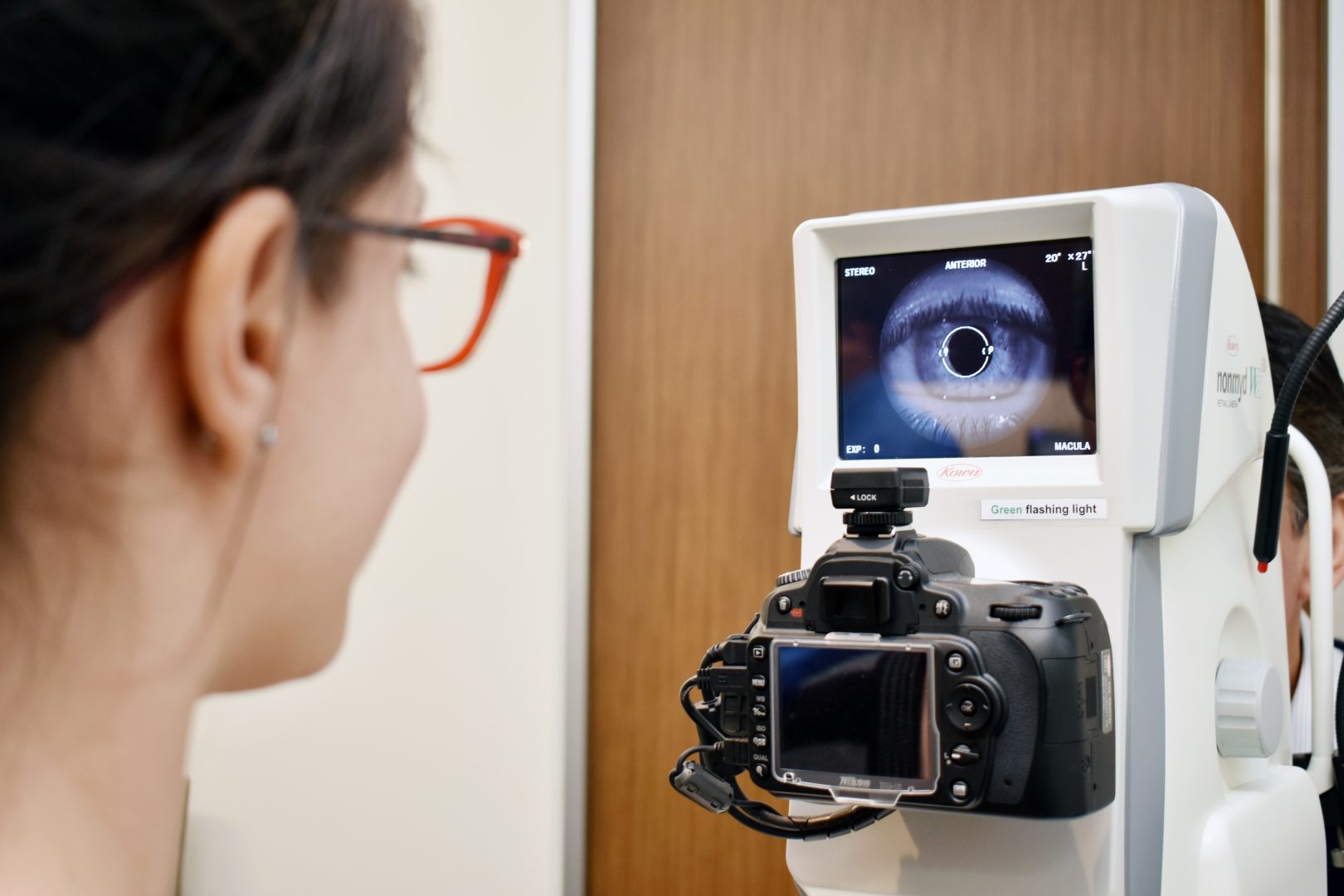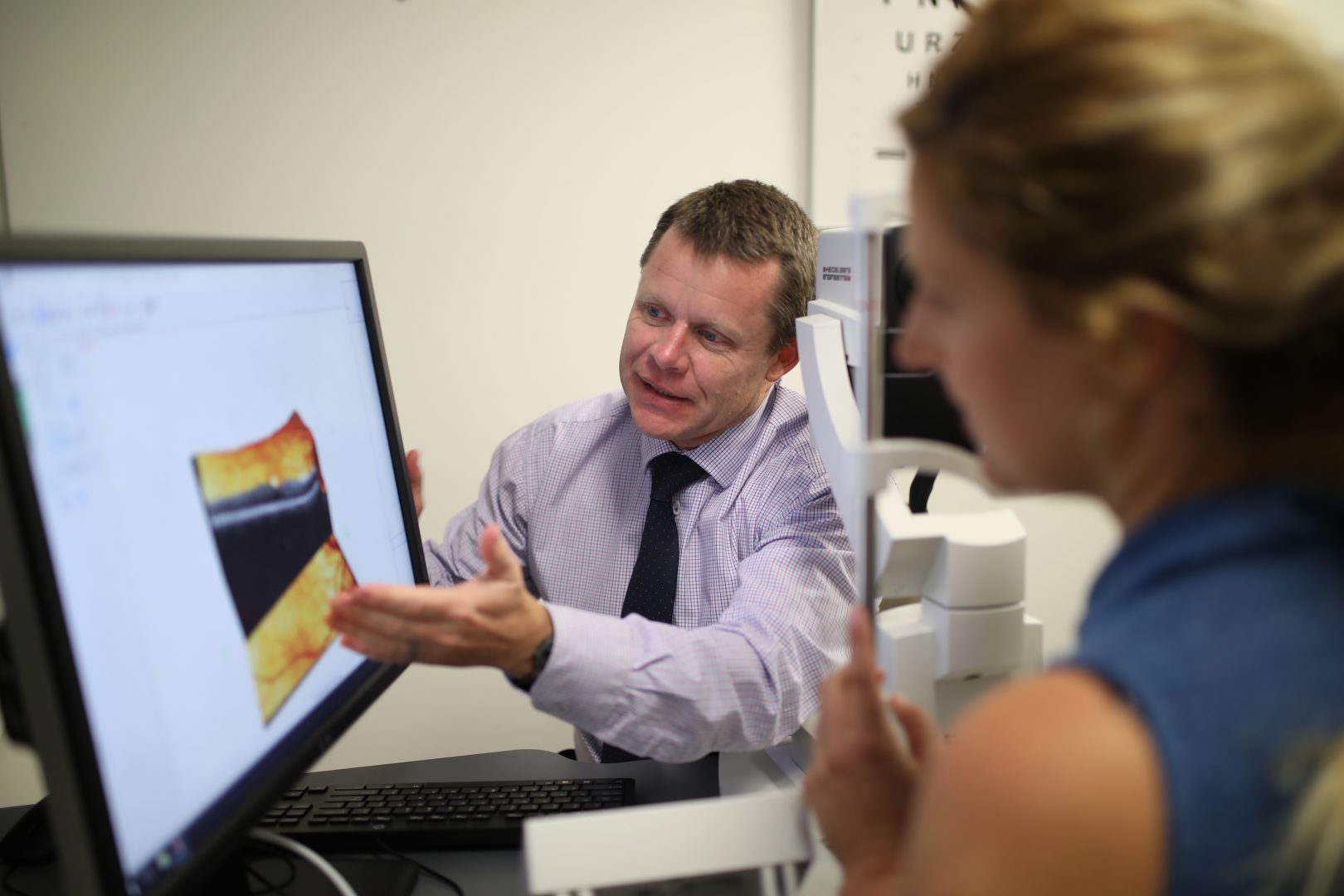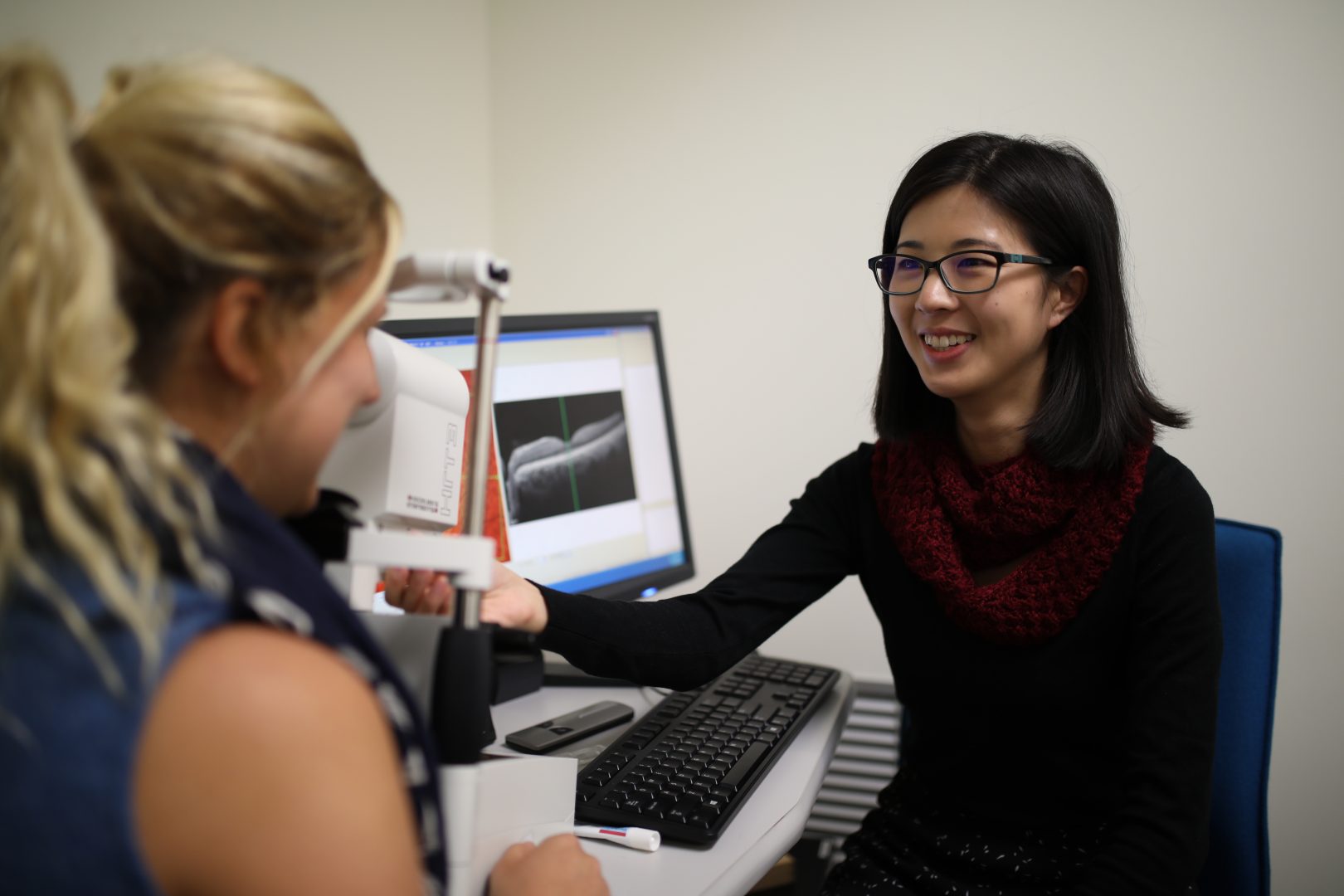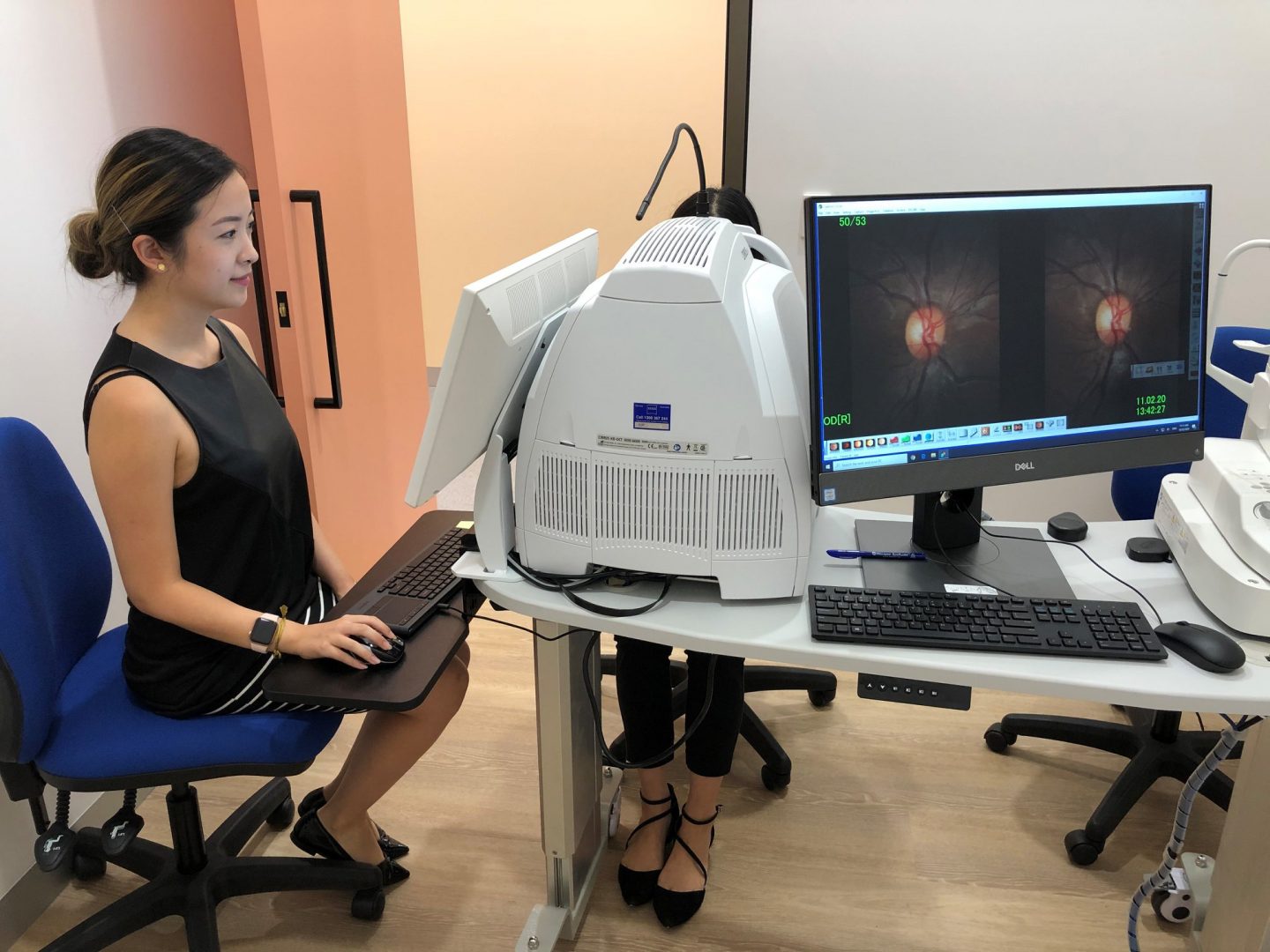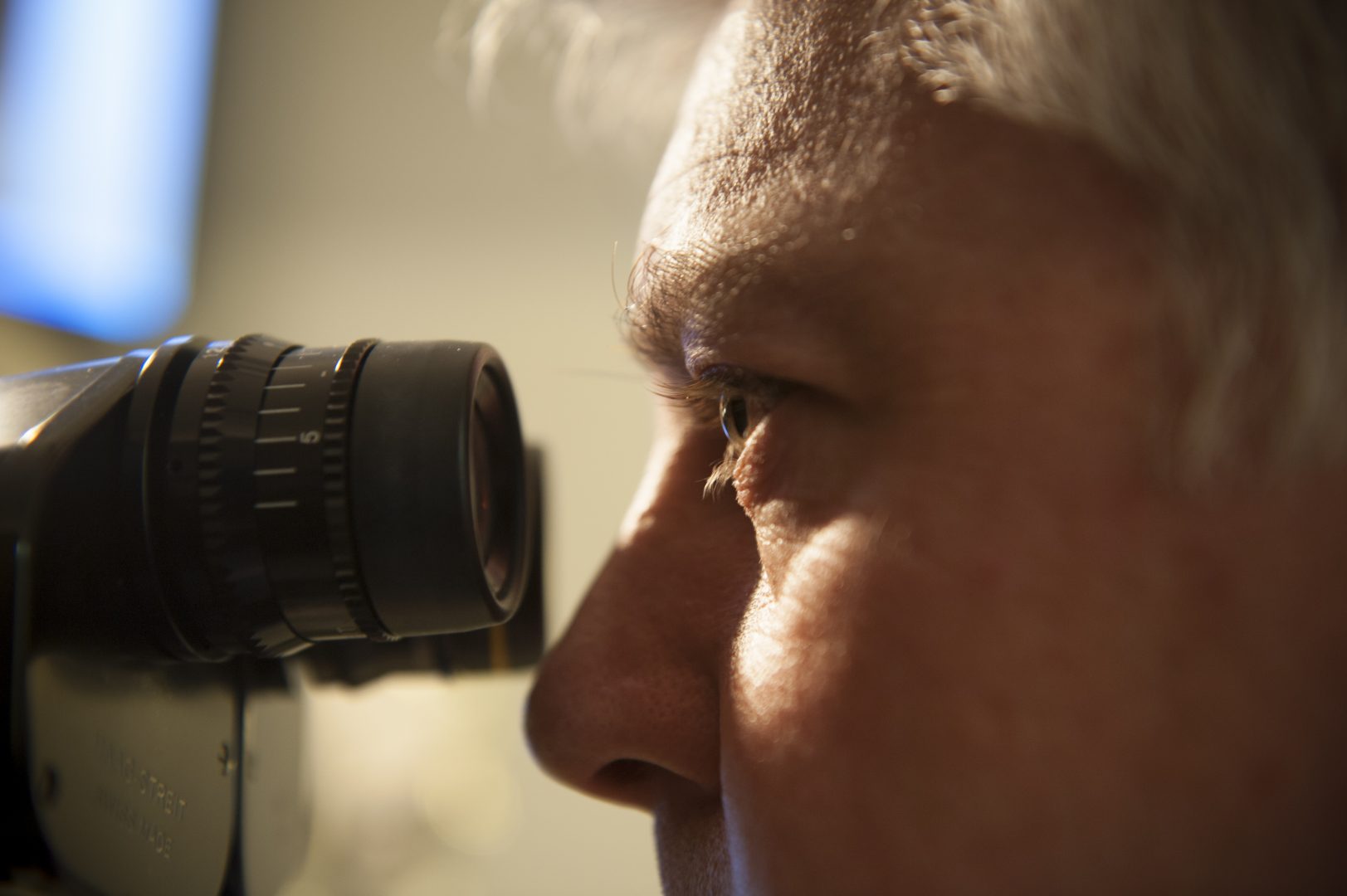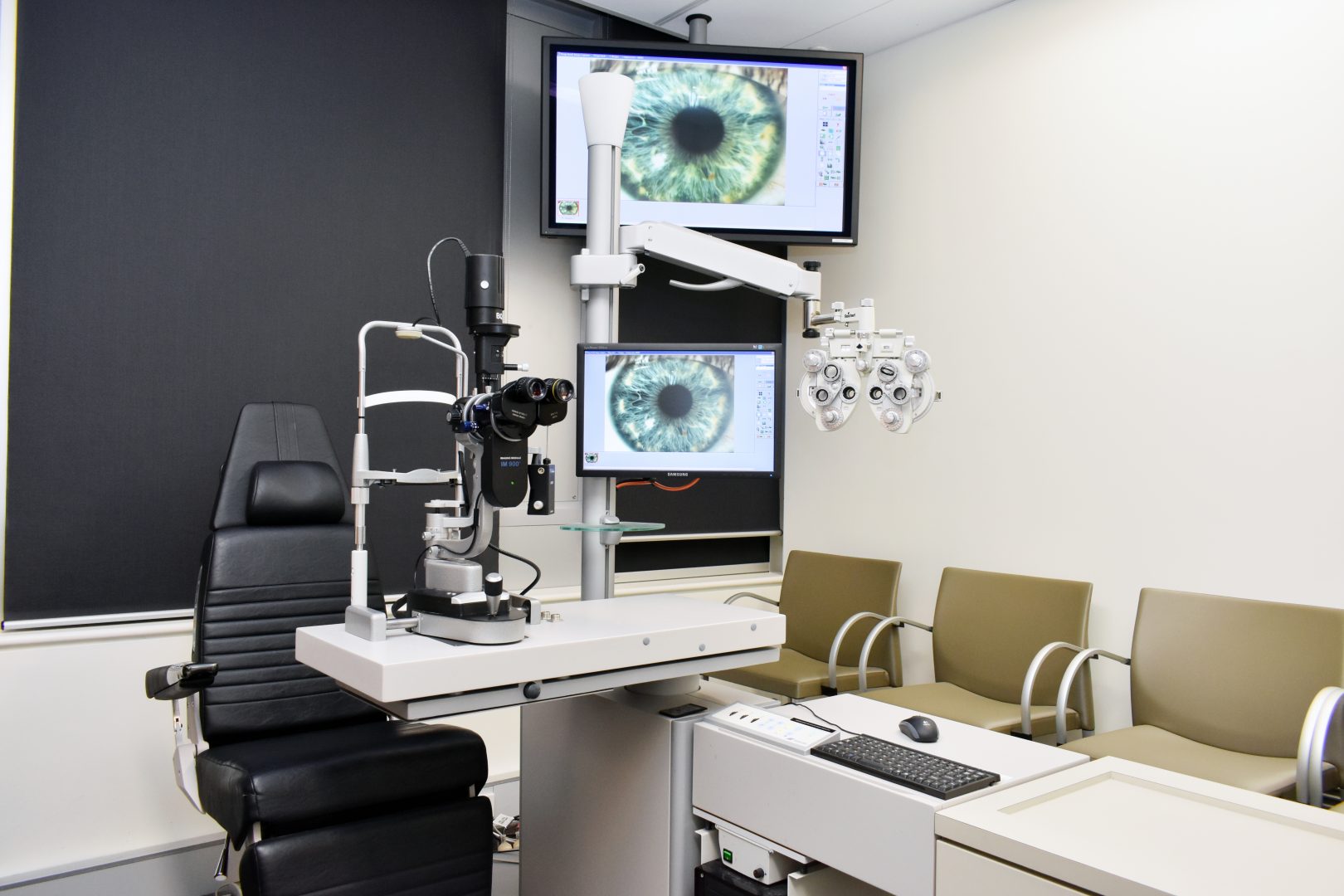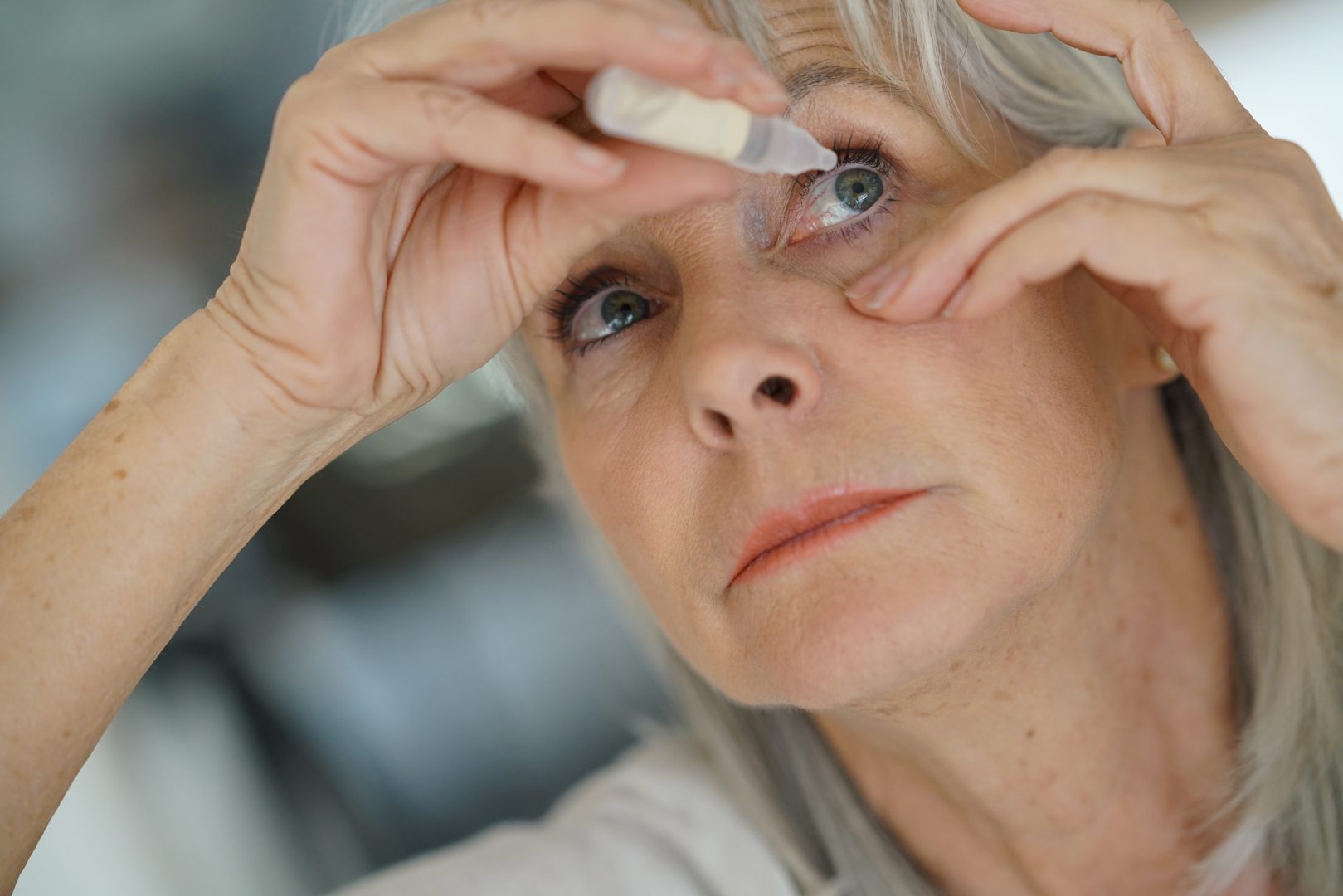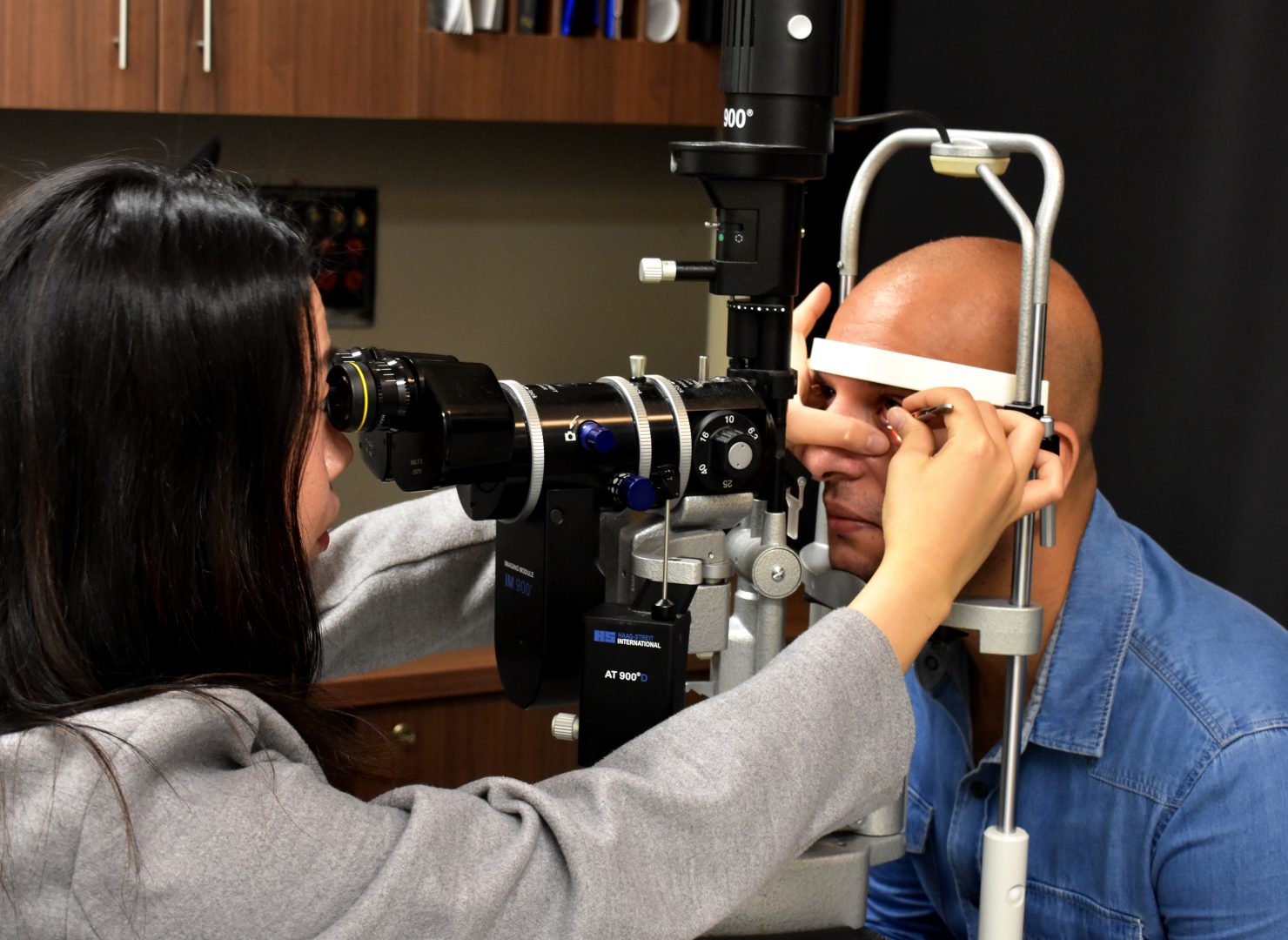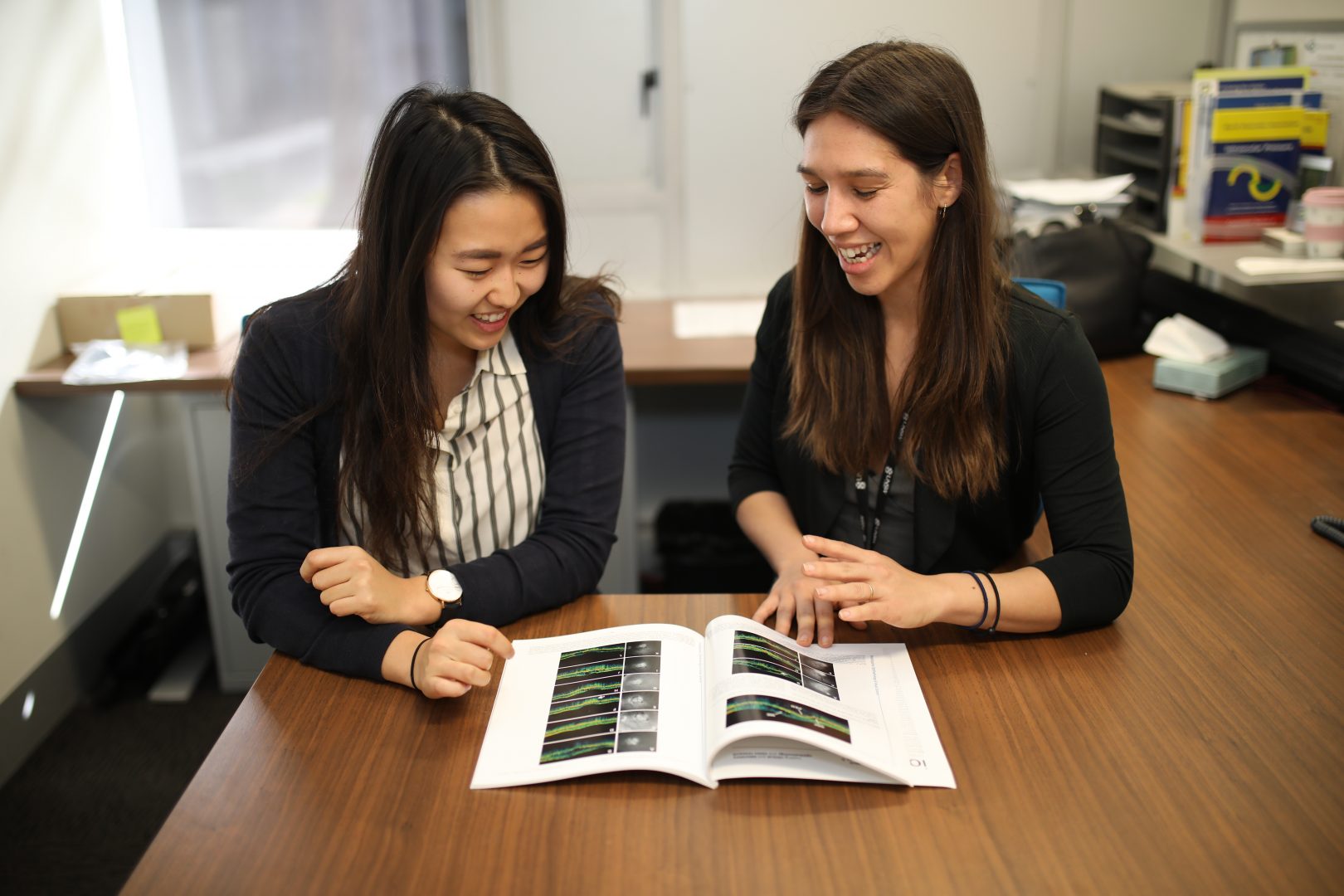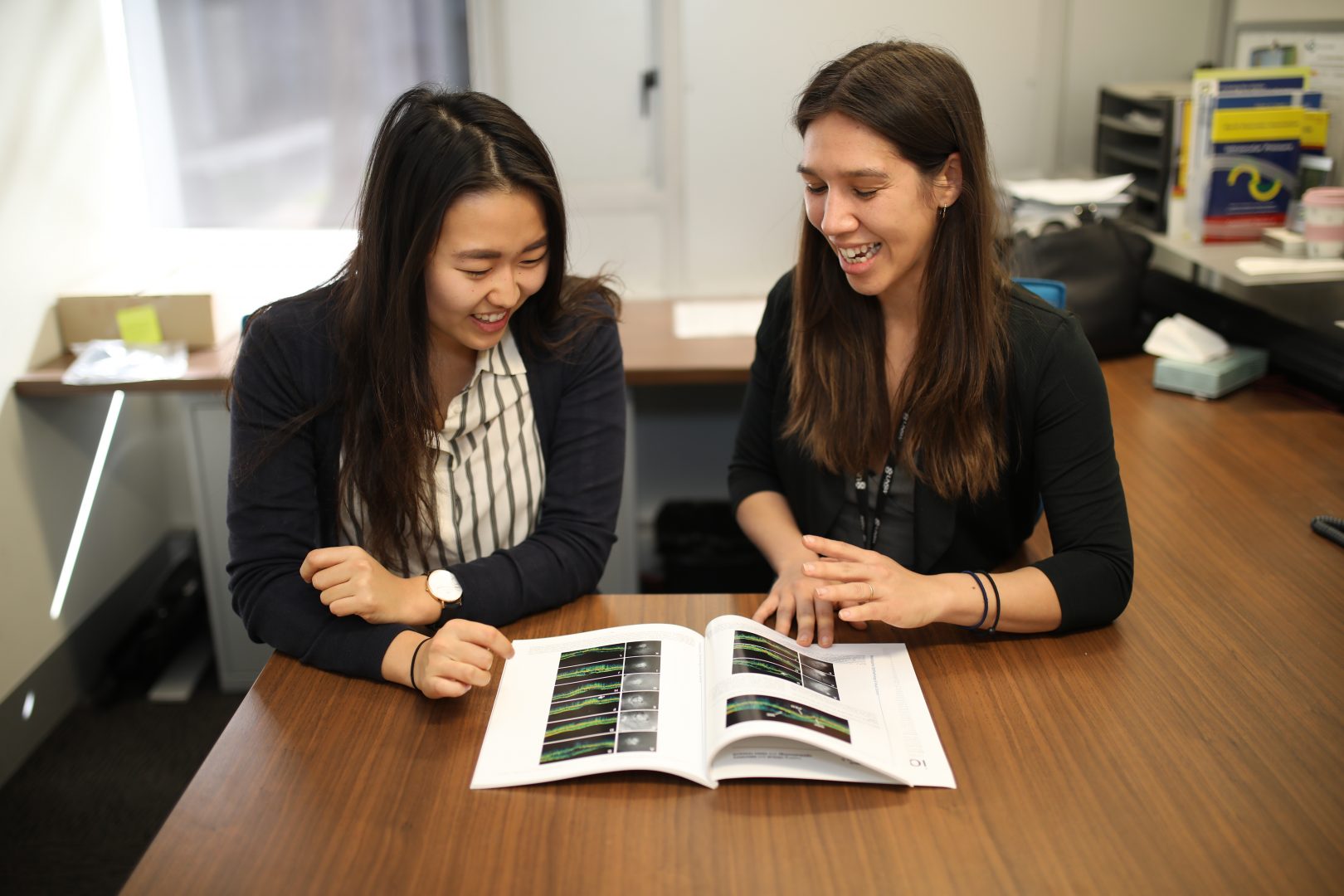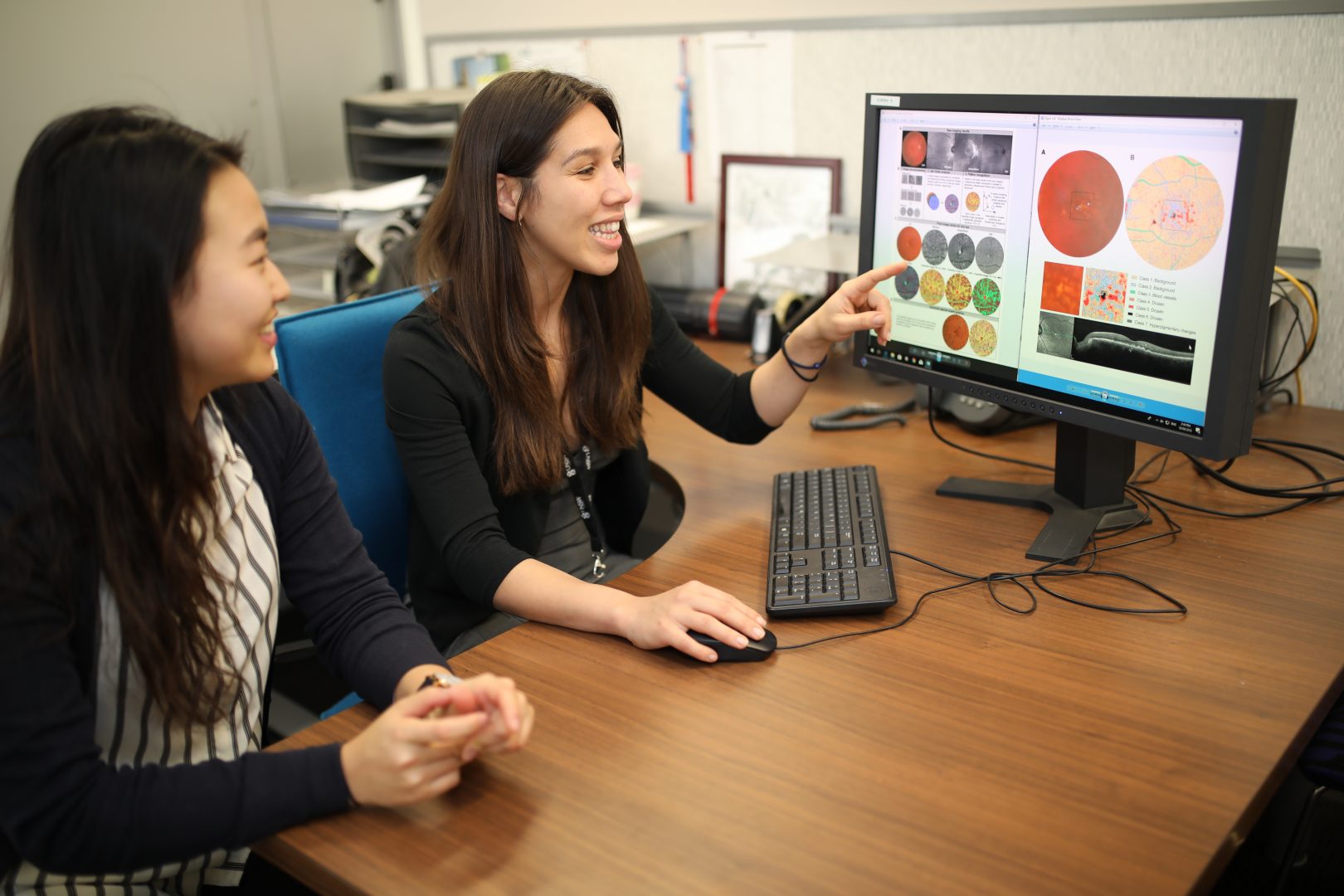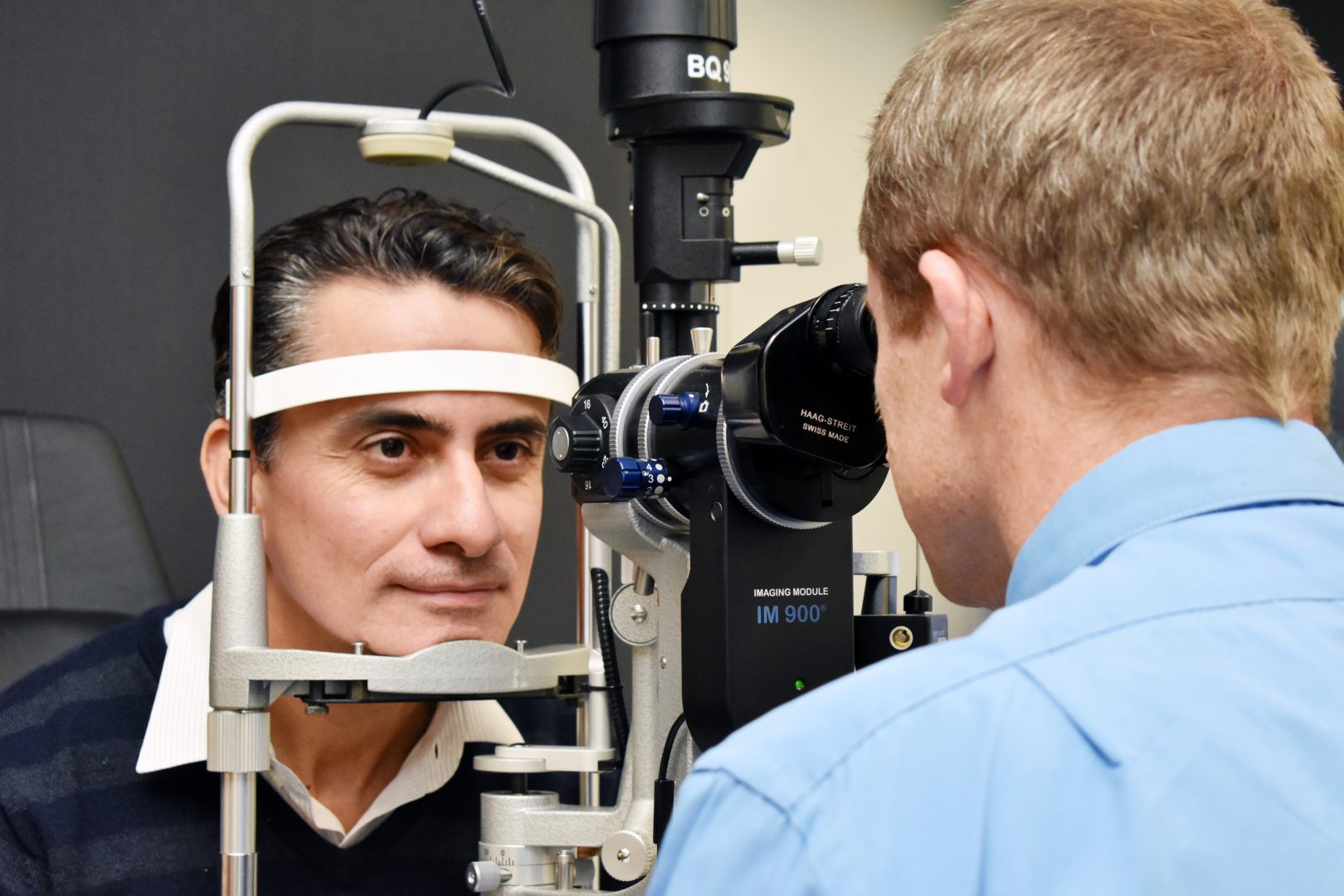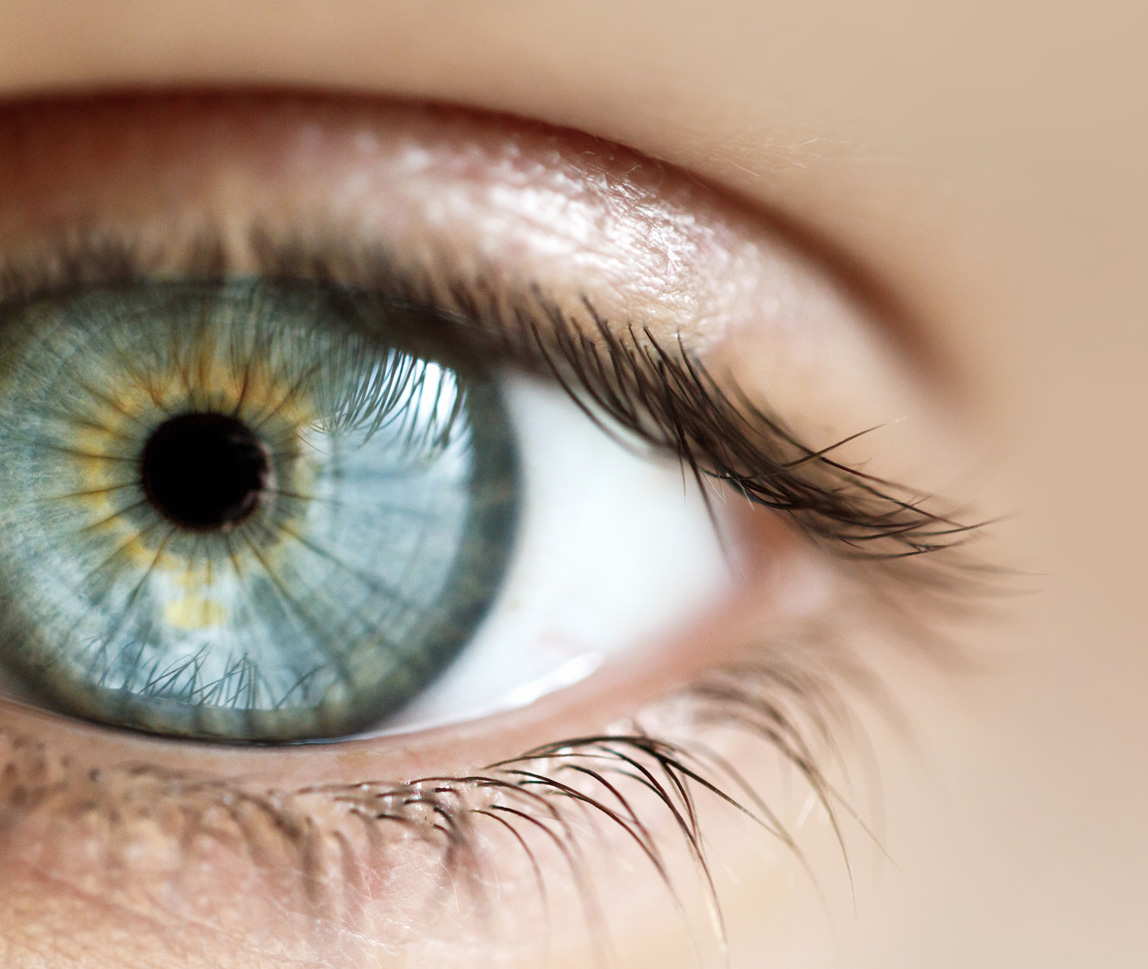New CPD requirements for Australian optometrists
New CPD requirements for Australian optometrists come into effect 1 December 2020, and are a requirement to maintain optometry registration.
CPR accreditation will still need to have been completed within the last 3 registration periods, however there are some significant changes to educational requirements.
Educational CPD Requirements from 1 December 2020
- CPD will be measured in hours, rather than points.
- The CPD reporting period will be one year, rather than a rolling 2 year period.
- All practicing optometrists will need to complete 20 hours of evidence-based CPD annually.
- Optometrists who hold a therapeutic qualification will be required to complete an additional 10 hours of CPD each year that specifically relates to therapeutic practice.
- Optometrists must maintain a learning portfolio that includes their learning goals, CPD activities, reflections on their learning, and how this learning may be adapted to their clinical practice.
- A minimum of five hours of an optometrist’s CPD must be involve interacting with other practitioners (either face to face or online). The interpretation of this by Optometry Australia is that this interactive education should involve a two-way flow of information with practitioners communicating in small groups rather than poll-based interactions in large lectures or webinars.
- No more than five hours of CPD may be non-clinical in nature.
Your CPD is easy with Centre for Eye Health
Our online education packages are designed with these CPD requirements in mind. Whether you choose our webinar program for a comprehensive annual learning schedule including interactive events, or ATLAS to support your in-clinic diagnoses in real time, both pacakges include a custom Learning Log to help you complete your CPD.
Buying our education packages helps to ensure we are able to provide quality continuing education to optometrists, whilst allowing our donor funds go where they are most needed: patients who may otherwise go without the treatment and care they need due to health access inequities.



